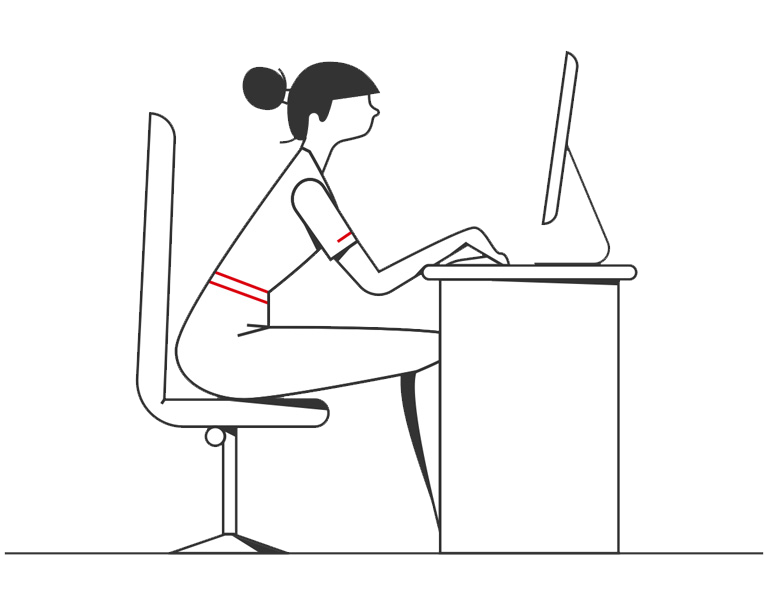- Article

- Growing my Business
- Enable Growth
Wholesale trade in ASEAN: Fuelling regional commerce and economic integration
Trade is growing faster in the 10-member Association of Southeast Asian Nations (ASEAN) than the worldwide average, thanks to a combination of deft policymaking and demographic dynamics.
ASEAN exports are forecast to grow almost 90% to more than USD3 trillion by 2031, three times the global pace, according to consultancy BCG1. Asia Pacific is the biggest contributor to the global wholesale market that is forecast to reach USD68 trillion in 2028, from USD53 trillion in 2024.2 The most recent ASEAN data show wholesale and retail trade grew almost 7% in 2022, compared with the average of 3.6% over the previous five years.3
Global manufacturers and brands sourcing products are turning to Southeast Asia as they adjust supply chains and production nodes to be closer to consumers, reduce their over-reliance on China and create more resilience in their business models.
ASEAN’s growing strategic importance as a consumer market, export manufacturing platform and source of critical minerals creates an opportunity for the region’s wholesale trade businesses to expand into supplying higher-value products in a wide range of industries.
What is wholesale trade and why does it matter?
Wholesalers are intermediaries that buy goods in bulk from manufacturers and other suppliers, or from other wholesalers, and sell them to retailers or retail platforms to be repackaged into smaller batches for consumers.
As the glue connecting manufacturers to consumers, wholesalers are an essential part of the supply and distribution value chain and key drivers of growth. Wholesale trade data such as inventory-to-sales ratios can be forward indicators of economic health.
Wholesalers play a crucial role in the supply chain process by helping manufacturers distribute their products efficiently and effectively, increasing market access for local producers and the range and quality of products for consumers.
The wholesale segment, however, is evolving rapidly as businesses adapt to the development of e-commerce and direct-to-consumer sales channels.4
ASEAN’s edge
Global businesses began to move more of their sourcing and manufacturing to Southeast Asia well before the COVID-19 pandemic.5
Between 2017 and 2022, ASEAN trade with both the US and China almost doubled. ASEAN’s total trade in goods increased by 14.9% in 2022, reaching US$3.8 trillion.
Cross-border trade within ASEAN is a particular growth area. Intra-ASEAN trade now accounts for the largest share of the bloc’s total trade, comprising 22.3% of all trade volumes in 2022.
In 2022, intra-ASEAN remained the primary export destination for the region, accounting for 22.9% of total exports, while China emerged as the largest source of imports for ASEAN, also at 22.9%.
Growing in harmony
ASEAN is a driving force behind greater harmonisation and efficiency of trade, both between members and trading partners.6
Recognising the importance of external trade, member states agreed to base the bloc’s technical rules and regulations on international rules rather than “establish an additional layer” with unique ASEAN standards.7
Standardisation of regulatory trading regimes, products and services between member states aim to remove technical barriers to trade, with mandatory compliance typically written into each country’s laws.8
The bloc has been building out the legal technical and operational framework for the 2003 ASEAN Single Window agreement to include more trade related documents, such as a harmonised customs declaration, and electronic plant and animal health certification. Member states are also looking to include other countries in the system, including Australia, China, Japan, Korea, the US and New Zealand, all of which have expressed an interest in taking part.
From the beginning of this year, all member states implemented digital customs declarations, for example, to increase the efficiency and convenience of growing intra-ASEAN trade.910
Towards a digital future
The digitalisation of trade documentation is one example of how technology is transforming wholesale trade in ASEAN.
The continued growth of e-commerce is both a challenge and an opportunity for wholesalers. While e-commerce platforms threaten to disrupt the wholesale sector by allowing manufacturers to connect directly with end consumers, e-commerce also creates new B2B sales opportunities and allows brands to enter new markets.
Digitalisation also allows wholesale traders to improve transparency across supply chains, keeping up with growing demand from global brands and retailers for greater accountability on key sustainability issues.
Businesses are also scaling up their use of data analytics and integrating artificial intelligence (AI) into business planning to anticipate trends and ensure they have the right inventory to meet wholesale customers’ requirements. This is helping businesses to make their international supply chains more efficient by improving modelling and predictability of cash flows.
Technology also helps wholesale traders manage their liquidity across ASEAN markets by leveraging the region’s increasingly integrated digital payments network to make and receive payments in real time.
As the world’s number one trade bank, and with over 135 years on the ground in ASEAN, HSBC is well placed to support wholesale trading businesses who are looking to tap into new opportunities.
HSBC TradePay, a streamlined, digital trade finance solution, allows businesses to draw down trade loans/financing and make just-in-time payments to suppliers in minutes with just a file upload. The document-free service is currently available in Singapore and Indonesia, and supports both international and domestic payments. HSBC TradePay will be made available in Malaysia in Q4 2024.
The information contained on this website is provided for informational purposes only, and does not constitute an offer to sell or the solicitation of an offer to buy any products referenced. Eligibility criteria and T&Cs apply for the products referenced. Local country restrictions and limits may apply. Please speak with your HSBC representative for more information.
- BCG report May 2023
- Research and Marketing report Feb 2024
- https://asean.org/wp-content/uploads/2023/12/ASEAN-Statistical-Yearbook-2023.pdf
- https://www.unleashedsoftware.com/blog/10-wholesale-distribution-industry-trends-for-2022-and-beyond
- BCG report
- https://asean.org/our-communities/economic-community/asean-single-window/
- https://atr.asean.org/uploads/ck/files/ASEAN%20Guidelines%20for%20Harmonisation%20of%20Standards.pdf
- https://atr.asean.org/read/harmonisation-of-standards-in-asean/347/#:~:text=ASEAN%20Trade%20Repository,-Home&text=The%20harmonisation%20of%20the%20Standards,regimes%20between%20ASEAN%20Member%20States
- https://www.customs.gov.sg/files/news-and-media/circular_22_2023%20(ver1).pdf
- https://m.facebook.com/story.php?story_fbid=750606127107906&id=100064755758546
ASEAN's International Bank
With our broad international networks and on-the-ground experts, we help you take uncertainty out of ASEAN expansion.



